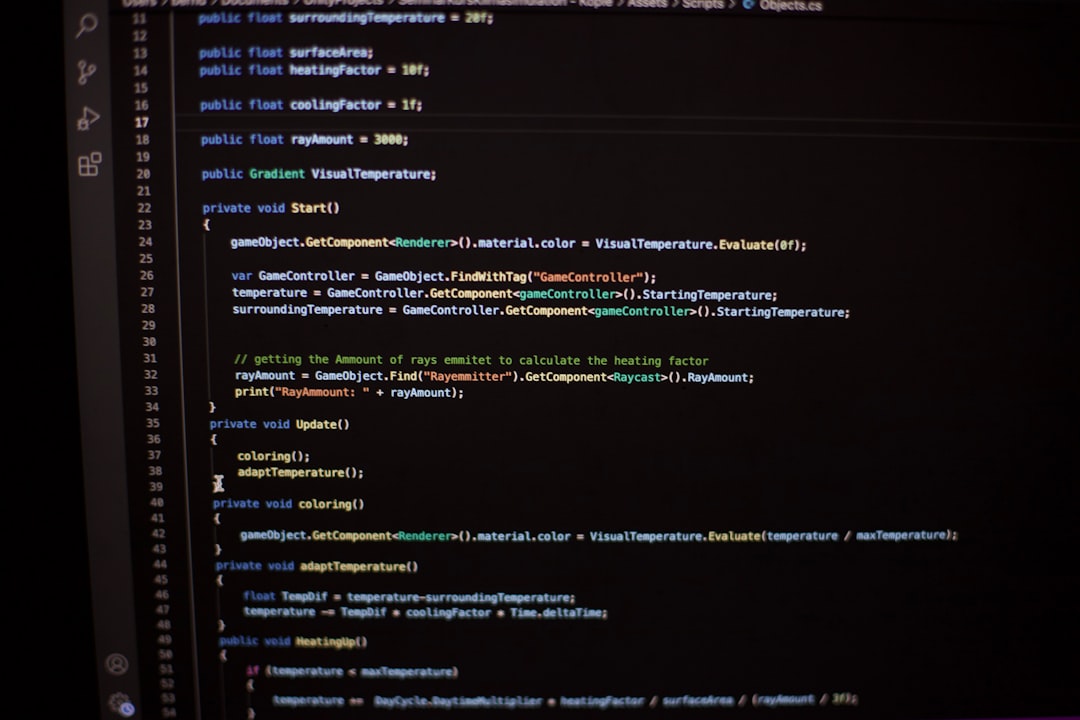For real estate professionals, having a dynamic and user-friendly website is essential to remain competitive in today’s digital marketplace. One of the leading commercial real estate listing platforms is LoopNet, which offers a vast portfolio of properties, market analytics, and leasing information. Meanwhile, WordPress remains the most popular content management system in the world due to its flexibility, extensibility, and large ecosystem of themes and plugins. Integrating LoopNet with your WordPress website can significantly enhance the functionality and credibility of your real estate business online.
Why Consider LoopNet WordPress Integration?
Integrating LoopNet into your WordPress site can streamline your real estate operations while offering your users a seamless experience. Here are several compelling benefits:
- Improved property visibility: Automatically pulling in listings from LoopNet ensures your site is always updated with the latest properties without manual uploads.
- Increased credibility: Displaying listings from a trusted source enhances the professionalism of your website.
- Better user experience: Provide searchable, filterable property data for your visitors without redirecting them to external sites.
However, LoopNet does not offer direct APIs for public use. This makes integration with WordPress more challenging, but not impossible. There are workarounds and tools that make this connection feasible and effective.
Available Integration Options
There are several ways to bring LoopNet listings or data into your WordPress site. The method you choose depends on your technical skill level, budget, and how robust you need the integration to be.
1. Manual Embedding via iFrames
The most straightforward method of integration involves embedding individual listings onto your WordPress pages using iFrame code provided by LoopNet. This option is suitable for agents who need to showcase only a few featured properties.
Steps:
- Log into your LoopNet account.
- Navigate to a property listing and click the “Share” button.
- Select the option for embedding and copy the iFrame code.
- Paste this code into a WordPress page or post using the HTML editor.
While simple, this method does not provide a scalable solution. Moreover, the iFrame content will not be indexed by search engines, which affects SEO potential.

2. RSS Feed Integration
LoopNet provides RSS feeds for search results, which can be integrated into your WordPress site using plugins or custom PHP filters. This will allow your site to dynamically fetch and display property listings in real-time.
Tools Needed:
- A WordPress RSS aggregator plugin such as WP RSS Aggregator.
- A valid RSS feed URL from a saved LoopNet search query (note that not all users have access to RSS feeds).
This method requires less customization than developing a custom integration, but still allows for semi-automated content updates. However, like iFrames, RSS feed content may not be indexed optimally for search engines.
3. Third-Party Real Estate Plugin Integration
Some specialized plugins and tools can help bridge the gap between LoopNet and WordPress. These plugins typically come with support for multiple listing services (MLS) and offer features like:
- Geo-location filtering
- Custom search forms
- Mapping integrations
- Property galleries
Examples of widely used real estate WordPress plugins include:
- Real Estate Pro
- Estatik Plugin
- IMPress Listings by Agent Evolution
While these plugins don’t directly import LoopNet data, you can create synergy by using LoopNet as your lead generation source and directing potential clients to your WordPress property listing pages built with any of these plugins.
4. Custom API Solutions (Advanced)
Some tech-savvy users or web development teams can build customized APIs that simulate integration by scraping content or developing private APIs (subject to compliance with LoopNet’s terms of service).
Note: This method should only be used if you fully understand the legal and technical obligations involved. Web scraping or unauthorized API use could violate LoopNet’s usage policies.

Best Practices for Seamless Integration
Whether you choose a manual or automated method, there are some best practices to consider to ensure your integration works smoothly:
- Maintain consistency: Ensure styling and design match your current theme for a cohesive look.
- Prioritize performance: Embedded content or plugins should not slow down your site. Optimize images and scripts accordingly.
- Mobile optimization: Many users will browse your listings via mobile. Ensure your integration methods are mobile responsive. You can also turn WordPress to app to deliver a fully optimized native experience for your mobile audience with AppMySite.
- SEO optimization: If your property content lives in iFrames or through RSS, consider adding supplementary text for better indexing.
- Legal compliance: Always verify that your use of LoopNet data complies with their terms of service. When in doubt, reach out to LoopNet’s support team for clarification.
Enhancing User Engagement with LoopNet Data
Once you’ve integrated LoopNet content, consider taking it a step further to engage and convert your website visitors:
- Lead capture forms: Place inquiry forms on each property detail page so users can submit a contact request without needing to leave your site.
- Email alerts: Use your WordPress tools to send automated emails when new properties are posted from LoopNet or when listings match a user’s interests.
- Interactive maps: Combine LoopNet data with mapping tools like Leaflet.js or Google Maps API for a more immersive experience.
- User dashboards: Encourage visitors to create profiles and save favorite properties or get notifications.
By turning passive browsers into active participants, you’re building a relationship with potential clients before they’ve even made contact.
SEO Considerations
An often overlooked aspect of LoopNet integration is how it impacts your site’s search engine optimization (SEO). Content embedded via iFrames or loaded via JavaScript from third-party sources is typically not crawlable by search engines. To mitigate this, consider these tactics:
- Create well-written descriptions for each listing page.
- Include metadata such as titles, tags, and location info.
- Use Schema.org markup for real estate listings to improve rich result eligibility.
Well-optimized pages not only improve visibility but also enhance user trust and engagement.
Conclusion
While LoopNet and WordPress don’t offer a plug-and-play native integration, with the right tools and strategies, a multi-functional connection can be established. Whether you are a solo broker showcasing a few properties or an agency handling hundreds of listings, aligning these two platforms can greatly benefit your digital presence and customer satisfaction.
It’s important to choose an integration method that fits your business model, technical capacity, and long-term growth plans. For most users, semi-automated solutions offer a good balance of control and convenience. For more tech-savvy users or companies with development budgets, custom integrations can provide deeper functionality and competitive edge.

If you are serious about using LoopNet to enhance your WordPress real estate site, consider consulting a professional web developer or agency familiar with real estate tech. This investment not only ensures long-term stability—it also positions you as a leader in your local property market.